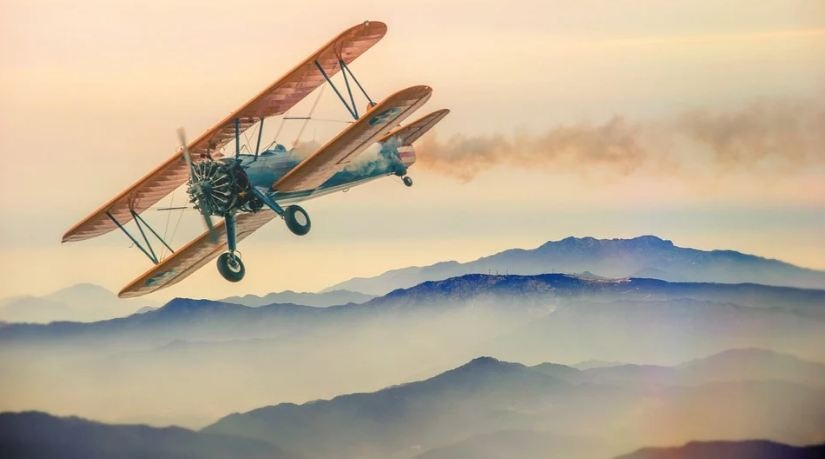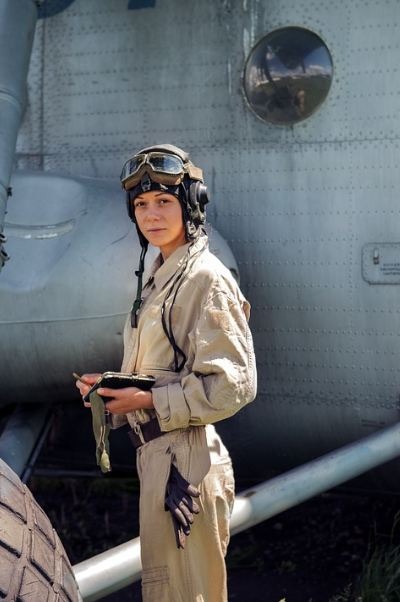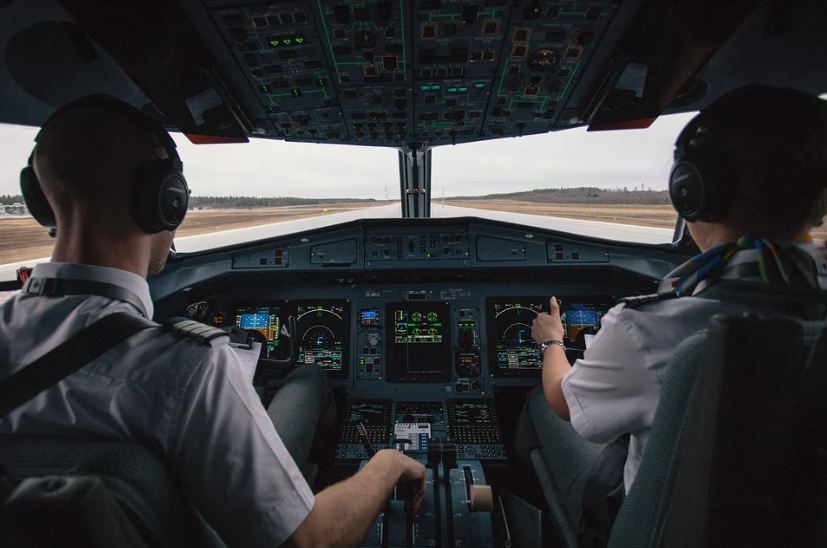For hundreds of generations past, skeptics such as Lord Kelvin infamously declared that heavier-than-air flying machines are impossible. However, the aviation industry has long since soared from when it first took off in 1903, when brothers Wilbur and Orville Wright first demonstrated an airplane capable of powered flight. The aviation industry, encompassing the likes of the airline industry, research companies, aircraft manufacturing, military aviation, and several other aspects of airline travel, is expected to grow significantly over the years.
And if history is any indication, it only shows that nothing is impossible with the determination and passion for overcoming fear and beating the odds. Such was the case for these young pilots ever recorded.
Eula Pearl Carter Scott
On December 9, 1915, Eula’ Pearl’ Carter Scott was born to parents George and Lucy in a small town in Oklahoma called Marlow. At the age of 12, Pearl learned how to drive, and by age 13, she explored a new skill set under the tutelage of legendary aviator Wiley Post – flying. The United States of America took pride in her talent for being the country’s youngest pilot, making her first solo flight in 1929.
Pearl’s life soared to new heights as she rose to the Hall of Fame for being the youngest aviator in American history. Later on, she worked as a stunt pilot and performed for crowds for several years until she ultimately decided to end her career and focus on her children and family.
Eugene Jacques Bullard
Eugene Jacques Bullard paved the way as the first African-American military pilot to fly in combat and was the only African-American pilot during the First World War. On October 9, 1895, he was born in Columbus, Georgia, where he unhappily spent his early youth. After numerous unsuccessful attempts to run away, Eugene finally ran away for good at age 11. He wandered for six years in search of freedom before eventually ending up in Aberdeen, Scotland. After coming to France in 1913, he settled in Paris, deciding to build a home there.
He enlisted during World War I for the French Foreign Legion, where, through his determination, he entered as an aerial gunner for the Aéronautique Militaire in 1916. During his training as a gunner, he entertained the idea of becoming a pilot and was soon accepted for pilot training. On May 5, 1917, he received his wings and was assigned to Escadrille Spa 93. He was transferred to Spa-85 in September 1917, where he remained until he left the Aéronautique Militaire.
He took to the skies and claimed two aerial victories for the French. After living a reasonably stable life with a bit of turbulence, Eugene died of stomach cancer. America’s unsung hero was buried in the French War Veterans section in Flushing Cemetery of New York City with full military honors.
Baron Manfred von Richthofen
The Red Baron, German fighter pilot Baron Manfred von Richthofen was born on May 2, 1892, to an affluent family in Prussia. He joined the infantry and, in 1915, transferred to the Imperial Air Service. He entered combat as a fighter pilot in September 1916 and was considered the deadliest flying ace of the First World War. Richthofen commandeered the Fighter Wing I and shot down 80 enemy aircraft.
He was known for his ruthlessly effective flying style and was presented with the “Blue Max,” or Pour le Mérite, Germany’s most illustrious military medal. He had his aircrafts painted blood red which birthed his immortal nickname, “The Red Baron.”
Amelia Earhart
Born Amelia Mary Earhart on July 24, 1897, in Atchison, Kansas, U.S.A., she is perhaps one of the most prominent pilots the world has ever known. Amelia’s feats included being the first woman to fly solo across the Atlantic Ocean, which she used to help open opportunities for women in the aviation industry, and the U.S. Distinguished Flying Cross, among many others.
The young woman’s love for flying showed when she pushed boundaries and pursued groundbreaking flights, being the first to fly over both the Pacific and the Atlantic oceans.
Though cut short with her mysterious disappearance in 1937 while trying to circumnavigate the globe from the equator, her life was well-lived as she wrote books about aviation and fought for women’s rights, which continues to inspire young women even in today’s generation.
Bessie Coleman
Bessie Coleman, born in 1892, worked her way at a young age to become a pilot, defying all odds stacked against her. During her time, as a woman and a person of color, she was not allowed to obtain a pilot license in America, so she went to France and trained to become one.
She was the first Native American descent and African-American woman to become a pilot. Her story inspired many aspiring pilots, especially young women, to follow in her footsteps. Coleman went back to America and became an air show pilot, where she fascinated the world with her performances, beginning in 1922. She toured the country while giving flight lessons, and she encouraged African Americans and women to learn how to fly.
However, on April 30, 1926, the aviatrix met her demise when she fell from the cockpit during a test flight for an aerial show. Despite dying at the ripe age of 34 years old, the world, especially African American women pilots, celebrate her life and her achievements up until this day.
The influence of human flight transcended the aeronautical community. The revolutionary ideas of these young pilots showed a completely different world filled with opportunities for those who are brave enough to dare. The examples these pioneers have set maximized the limits of the human person. Their examples serve as challenges for today’s generation to go beyond their fears, look up, and explore the skies.


